China released on Tuesday the first batch of scientific images captured by the country's Advanced Space-based Solar Observatory (ASO-S,) also known as Kuafu-1, a satellite specially designed to carry out comprehensive probes of the Sun. These are scientific observatory images of the Sun obtained by the three payloads carried by the satellite while operating in orbit for two months, realizing multiple firsts at home and abroad and verifying the observation capability and advanced nature of the three payloads in orbit.
According to the National Space Science Center of the Chinese Academy of Sciences (CAS), Kuafu-1 carried out a large number of in-orbit tests and observations of the Sun according to the plan.
As one of the three payloads that Kuafu-1 carries, the Full-disk solar vector MagnetoGraph (FMG) realized China's first all-solar vector magnetic field detection carried out in space.
The map of the longitudinal magnetic flux of the Sun that the FMG obtained has reached the international advanced level, which lays a good foundation for realizing the scientific research goals in terms of the solar magnetic field, solar flares and coronal mass ejections by realizing the observation of the solar magnetic field with high time resolution and high precision.
The Hard X-ray telescope, another of the three payloads, realized China's first solar hard X-ray imaging, providing the only hard X-ray image of the Sun from the perspective of the Earth.
The overall quality of the images has reached international first-class level, laying a solid foundation for the observation of solar flares in terms of the spatial distribution of non-thermal radiation, the time structure and the energy spectrum features.
The Lyman-alpha telescope(LST), the third payload that the satellite carries, consists of a Solar Disk Imager (SDI), a Solar Corona Imager and a full-disk White-light Solar Telescope (WST).
The SDI obtained the Lyman-alpha images of the full solar disk through a satellite platform for the first time in the world, including the clear and complete images of the evolution of a solar prominence.
The WST onboard the LST observed two rare white-light flares at the edge of the Sun, which proved the capacity of observation on the Lyman-alpha band.
With the observation of the coronal mass ejections by SCI, the LST will play an irreplaceable role in observing heliostat formation and coronal propagation of coronal mass ejections.
In the next phase, Kuafu-1 will continue to carry out and complete in-orbit tests and then transition to the stage of in-orbit scientific operation, according to Gan Weiqun, the program leader and a research fellow with the Purple Mountain Observatory.
Meanwhile, Kuafu-1 will make the most of its characteristics of the combination observation with the three payloads as well as strengthen domestic and international cooperation and data sharing, making China's contributions to the observation and research of Solar Cycle 25, which is anticipated to peak with the solar maximum occurring between November 2024 and March 2026.
Dubbed China's first comprehensive solar probe, Kuafu-1 is another scientific satellite launched via a Long March 2D carrier rocket into preset orbit from the Jiuquan Satellite Launch Center in Northwest China's Gansu Province on October 9, 2022.
The scientific goals of Kuafu-1, which is named after Kuafu, a giant in Chinese mythology who indefatigably chased the Sun, include formation of the solar magnetic field, solar flares and titanic blasts known as coronal mass ejections, as well as their relationship in a simultaneous fashion, while providing support for space weather forecasting.
The satellite was jointly developed by the National Space Science Center of the China Academy of Sciences (CAS), the Innovation Academy for Microsatellites of the CAS, the CAS National Astronomical Observatory, the CAS Changchun Institute of Optics, Fine Mechanics and Physics, and the CAS Purple Mountain Observatory.








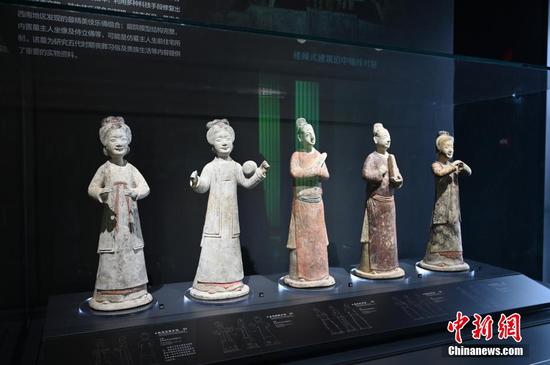


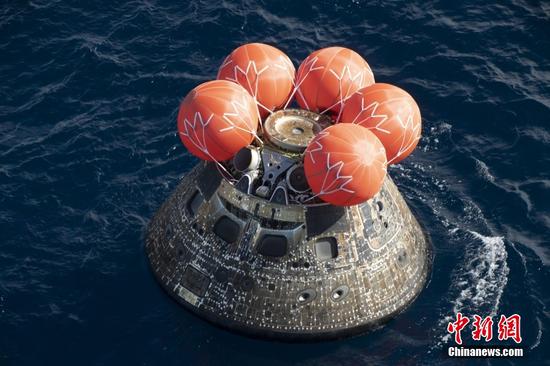



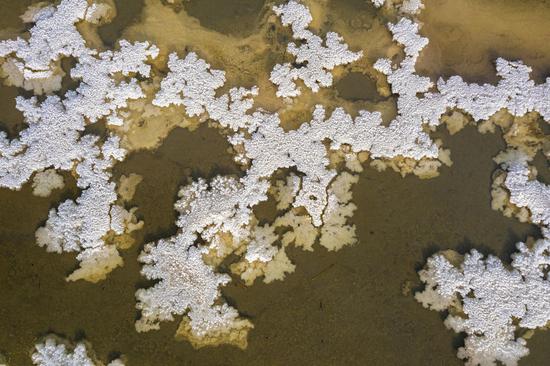
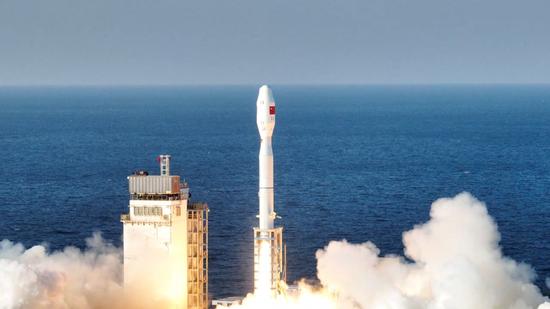
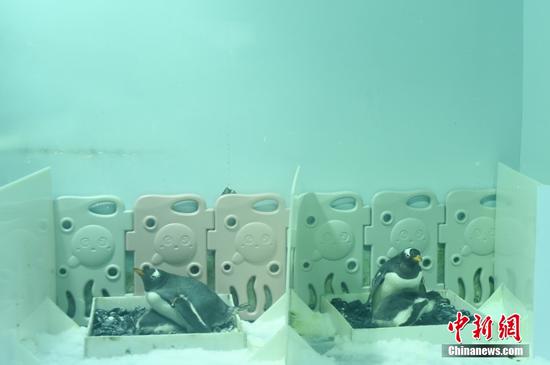



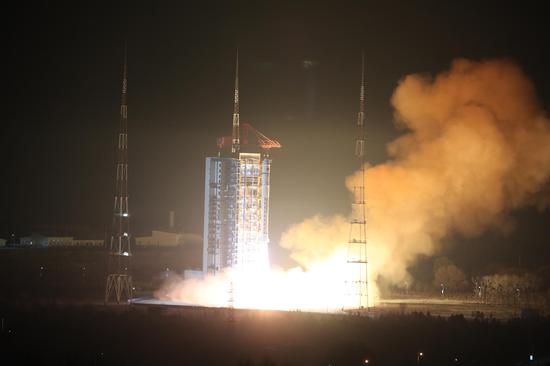




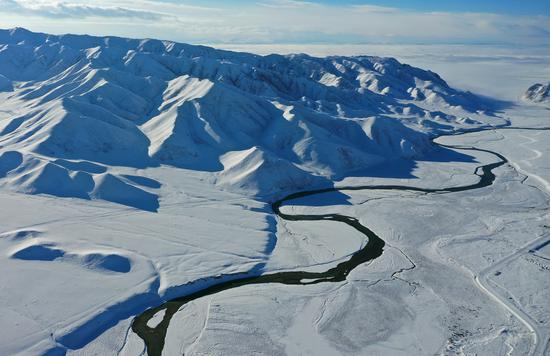
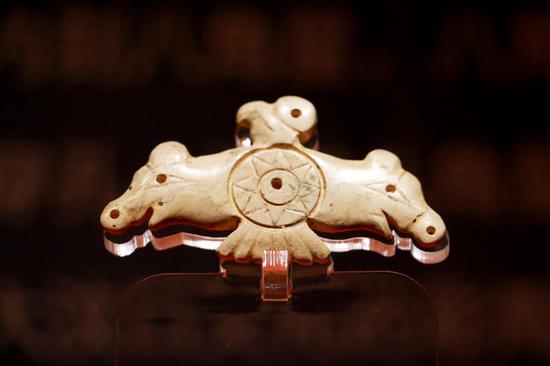
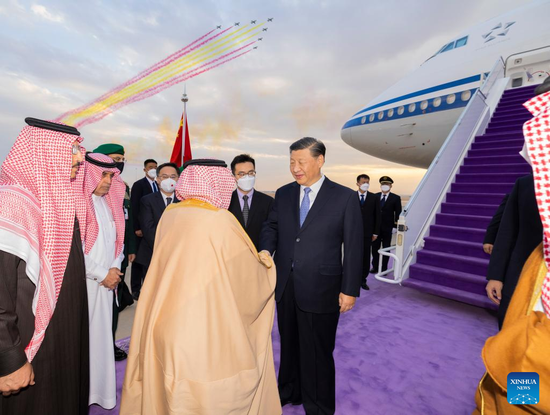


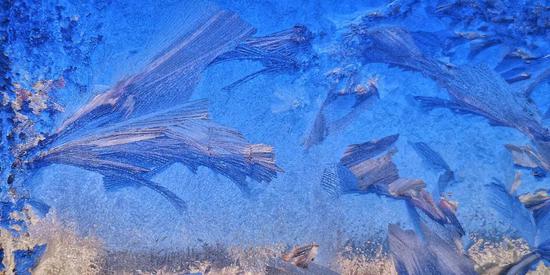




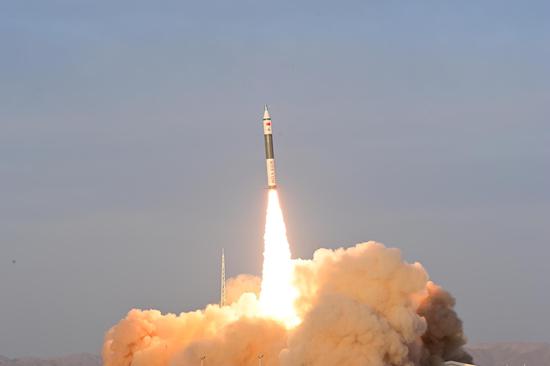





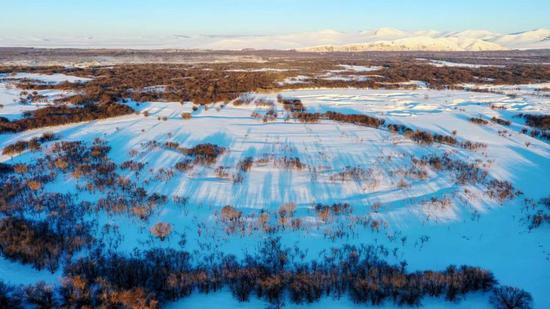







 京公網安備 11010202009201號
京公網安備 11010202009201號